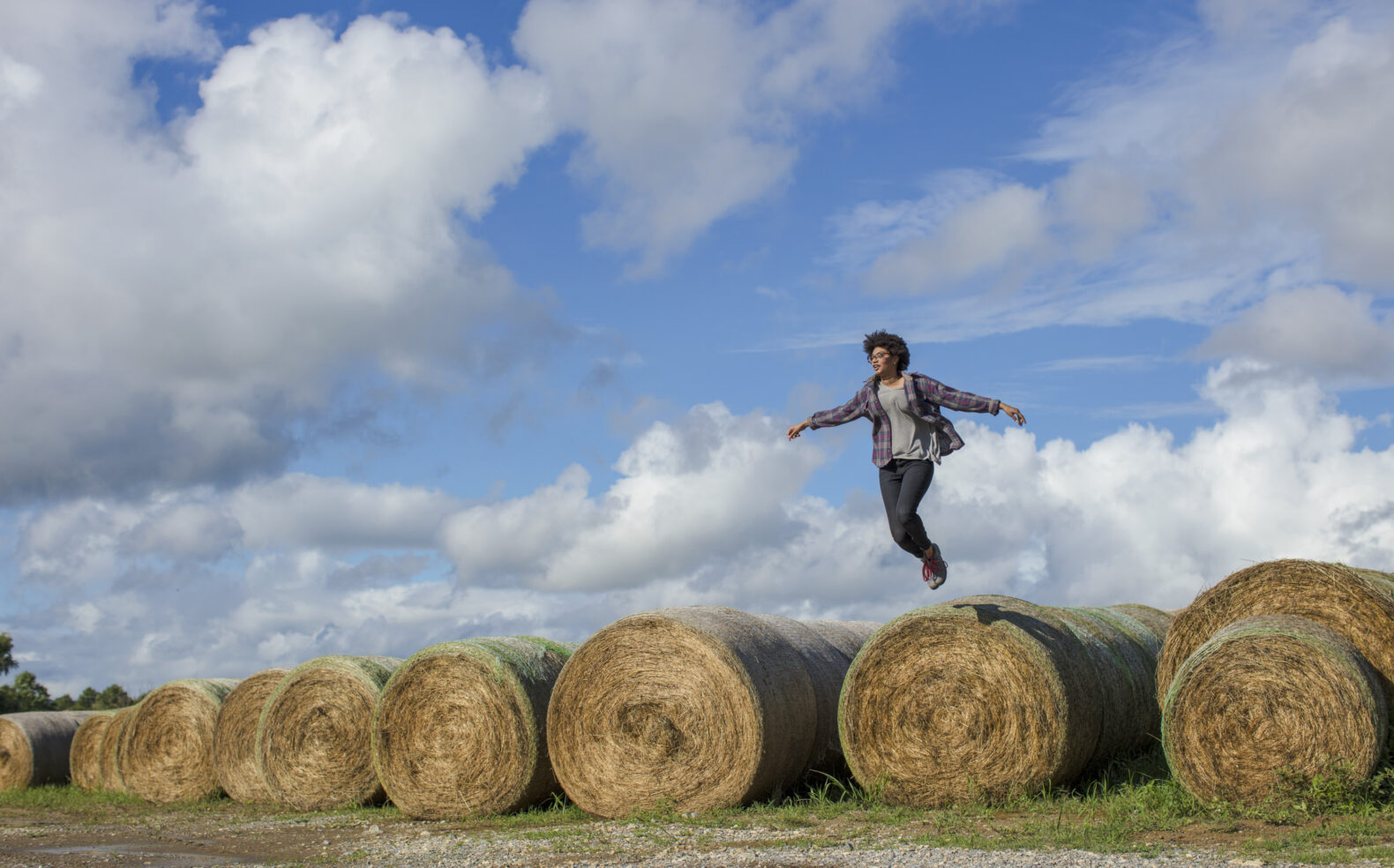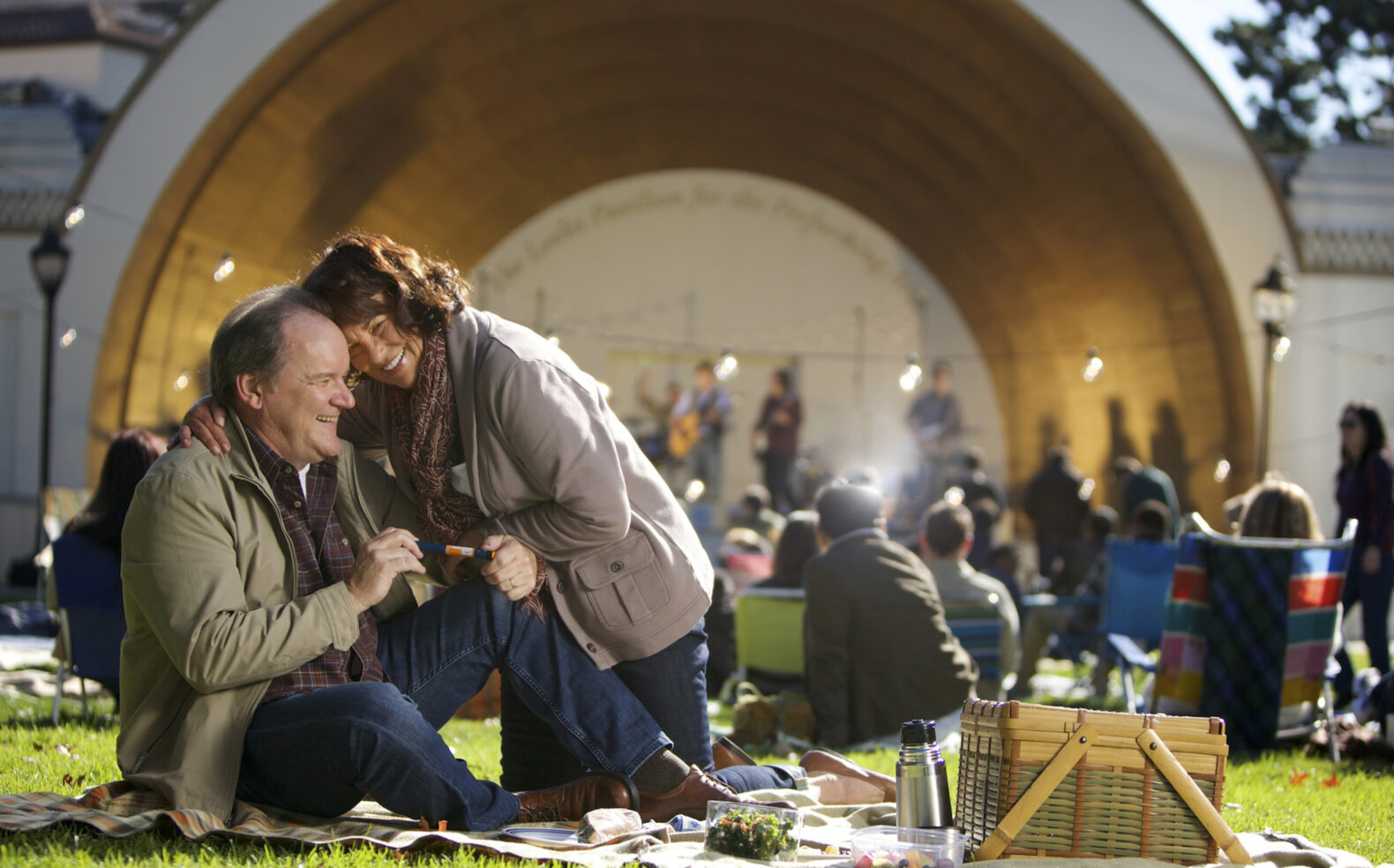Memorable brands have images that stand out, but why? What makes a good photograph? Numerous factors contribute to what makes a great photo. The core elements of photography, telling a story, and capturing emotion are some of the most important qualities of a photograph.
While it may be tempting to cut corners and shoot your own photos, you’ll be selling yourself and your company short. Experienced photographers know how to capture brands through imagery.
In this resource, I’ll cover the basics of great photography. Continue reading to learn:
- What makes a great photo
- Elements of a good photograph
- Storytelling through branded imagery
- Why you should hire a professional photographer for the best results
What Makes A Great Photo?
Several components go into making a photo “great” – reaching a level of professionalism beyond image quality. Anyone can use a DSLR or professional-grade camera on automatic mode and shoot clear images. A great photo is more than an image.
Some of the components that make images stand out include:
- The setting: Where you capture the photo makes a difference. Sometimes it’s out of your control, but a strategic and purposeful setting results in an impactful image.
- Stylistic choices: Color, framing, lighting, and other stylistic decisions play a major role in crafting images that capture attention.
- Technical skills: A sound understanding of camera settings, lighting, and other technical skills is essential to a professional-quality photograph.
- Emotion: Pictures that make the viewer feel something stand out compared to generic, stale images.
- Uniqueness: Countless photos of the same subject exist. The ones that stand out are unique. Oftentimes, a combination of the previous components and a creative approach delivers a unique result.

Elements of a Good Photograph
While you now have a general understanding of what makes a good photograph, let’s get into the nitty-gritty. Five core elements can take a boring photo and make it extraordinary.
The five elements of a good photograph include:
- Composition and framing
- Lighting and exposure
- Timing
- Color and tone range
- Gesture, expression, and emotion
I’ll provide a detailed explanation and breakdown of each element in the following subsections.
Composition and Framing
Composition and framing are two of the most important stylistic elements of a photograph. At the core of every remarkable image is purposeful framing and composition.
Composition refers to the elements included in a picture and their placement. Framing is how elements are arranged within the frame of an image. Together, composition and framing intentionally select what to include and what to leave out of an image. They determine how the subject is framed within its surroundings.
A few concepts that affect composition and framing include:
- Balance: Positioning the main subject and other elements to allow the viewer’s eye to be drawn throughout the image equally.
- Arrangement: The way elements of a photo are positioned.
- Depth: The sense of space and distance created within an image.
- Angles: The degree the camera is positioned, establishing the viewer’s perspective.
Framing requires thought and creativity. Some keys to good framing include:
- Ensuring the subject is in focus
- Creating symmetry and balance through the rules of symmetry and the rule of thirds
- Telling a story through framing

That last point is key: telling a story. Two aspects of photography that help tell a story are leading lines and depth of field.
- Leading lines are natural or man-made lines that guide the viewer’s eyes through the image toward the subject. They help tell the story, create depth and perspective, and create more dynamic, engaging images.
- Depth of field is the distance between the closest and farthest objects in a photograph that appear sharp and in focus. Factors that affect the depth of field include:
- Aperture: How wide the lens is open and how much light it’s letting in
- Focal length: Distance between the optical center of a lens and the camera’s sensor
- Distance to the subject
Lighting and Exposure
While the previous elements are stylistic, lighting and exposure are two of the essential technical components of great photography. Lighting and exposure include the type and amount of light that illuminates an image.
- Lighting is the type of light source used in a photo
- Exposure refers to how much light is in a single photograph
Photographers need to understand how lighting affects the subject. Lighting and exposure can also be a creative component, used to convey a mood or tell a story.
Some essential aspects of lighting include:
- Direction: the angle from which light is hitting the subject
- Hard vs. Soft: Hard light is relatively bright and has more contrast and defined shadows. Soft light has less contrast and fewer shadows.
- Color: The temperature of the light (warm or cool)
Another component of light to consider is how many sources you’re using and the different types of sources. Natural light sources and artificial light sources produce different results.

Timing
Creativity and technical skills are essential, but don’t underestimate the importance of timing. When you capture an image makes a difference.
Timing varies depending on the type of photography. A production stills photographer has to anticipate the moment on-set of a video production. Corporate photographers shooting in the office will have a different approach.
The two main components of timing are anticipation and planning. Depending on what you’re photographing and where, anticipation and timing have their respective places. Live, candid shots – whether in-office or interacting with customers – require more anticipation than staged shots. Business branding photos often require more planning to stage the subject and create compelling scenes.
Timing isn’t limited to anticipation and planning. It also covers the time of day you plan to shoot. This affects outdoor shoots like commercial lifestyle or architectural photography.
Color and Tone Range
Though I touched on color in the lighting section, color and tone range are their own element. Tone is the level of brightness in an image between shadows and highlights. Every image has a range of tones.
Color ranges are sorted into two main types – warm and cold.
- Warm colors include red, orange, and yellow
- Cold colors include blue, green, and violet
Colors and tone give emotion to an image. When capturing branded imagery, incorporating brand colors and working with stylistic tones can portray a brand through an image.

Gesture, Expression, and Emotion
The final element of a good photograph comes in three parts: gestures, expression, and emotion. The three work together to create an atmosphere and a story for the images. Staged photographs give a photographer more control over gestures and expressions, but natural emotion is captured in candid images.
Authentic branding requires you to capture candid, genuine expressions and emotions. People can sniff out artificial, disingenuous brands from a mile away.
Genuine emotion comes from the photographer interacting with subjects. They provide guidance and make the subjects feel comfortable. To get the most impactful images, you should strive to capture genuine displays of emotion.
Storytelling Through Branded Imagery
You capture new customers by combining the elements above to tell your brand’s story through images. Using composition and framing, colors, and other strategic elements gets your message across.

This photo of an Amtrak employee waving to departing trains tells the story of a brand that cares about its customers. They present a trustworthy transportation option that riders can feel safe travelling on.

This group photo of residents at a senior living community playing bocce represents the independence and freedom of life at the facility. There’s a stigma that going into a senior living facility removes your sense of independence, but this photograph presents a modern brand ending that generalization.

This pharmaceutical photograph tells the story of a professional brand conducting dilligent research to provide the safest, most effective medicine possible. Patients can feel confident that their ailment or illness will be treated properly.
Why Are Great Photographs Important To Your Business?
Business owners tend to frame photography as a net negative – an “additional” cost. Instead, establishing a unique visual brand through quality photos should be viewed as a worthwhile investment that pushes business goals forward.
Here are a few ways that great photography helps a brand:
- Provides you with branded visuals for important assets such as your website, online marketing, print advertisements, and other promotional materials
- Helps form emotional connections with consumers
- Provides a behind-the-scenes look at your company, process, and people
- Creates a strong first impression
Hire A Professional Photographer For The Best Results
For the best results, you should hire a professional photographer. Yes, you can take quality images with your iPhone camera. I’ve even compiled a list of tips and tricks for iPhone photography to help you.
You can also purchase a professional-grade DSLR or mirrorless camera and have a tech-savvy employee learn to use it. No matter what, any attempt to cut corners and avoid hiring a professional will have a less-than-professional result.
The key is finding the right photographer for your brand and project. When you find someone who understands how to capture your brand in an image, has a portfolio that matches your desired style, and communicates well, the investment will pay off. You can’t replace the technical expertise and creative eye of a professional.
Choose Casey Templeton Photography To Capture Great Photos For Your Visual Brand
That was a lot of information to take in. I hope you have a better understanding of what makes a good photograph after reading through this resource. Many of the concepts that I covered are technical, so don’t worry if you feel lost or confused. Framing and composition, lighting and exposure, timing, color, and emotion are just a few of the many components that make a photo stand out.

If you need business branding photos for your organization, I recommend hiring a professional. While you can use this resource to help with self-shot imagery, you don’t have the years of knowledge and experience that come with a professional photographer.
Casey Templeton Photography offers professional commercial lifestyle and corporate photography in Nashville, TN and beyond. Casey has years of technical practice behind the lens and experience in business branding across numerous industries and business sizes. To learn more about what makes a great photograph or to get the ball rolling on a project, fill out our contact form.
